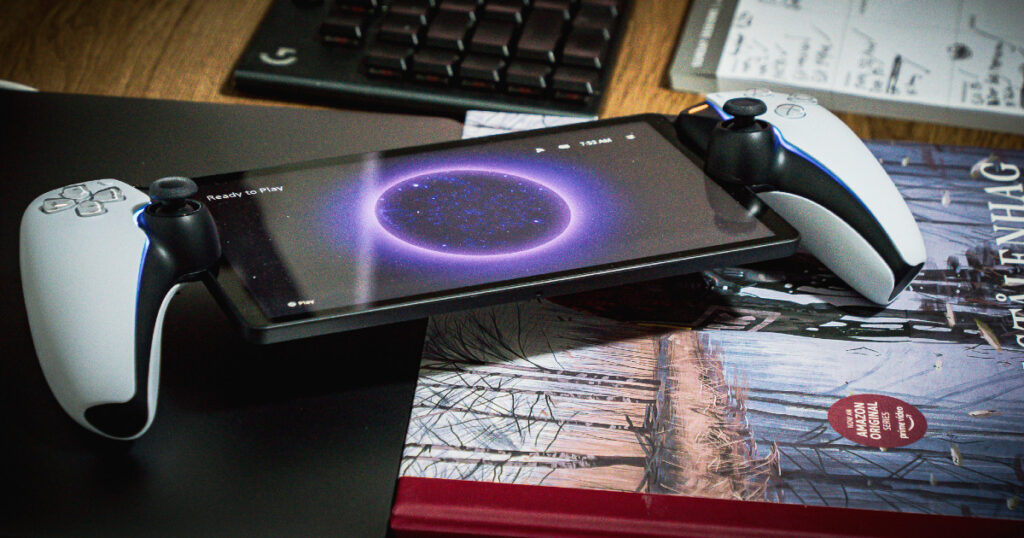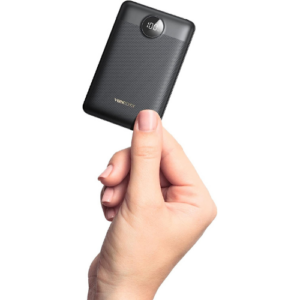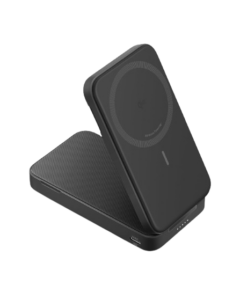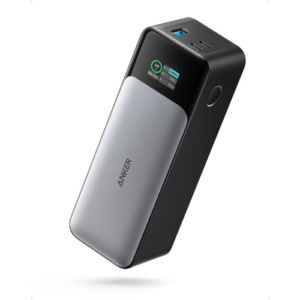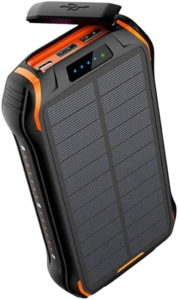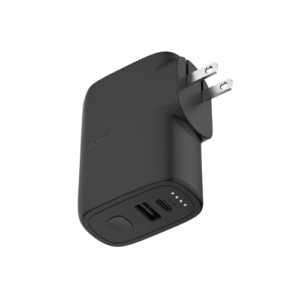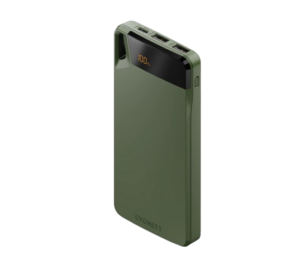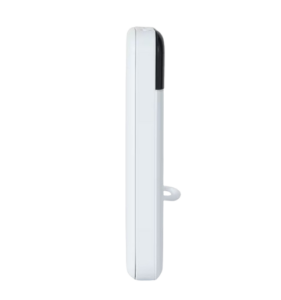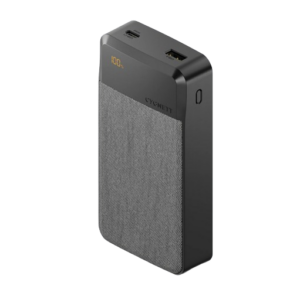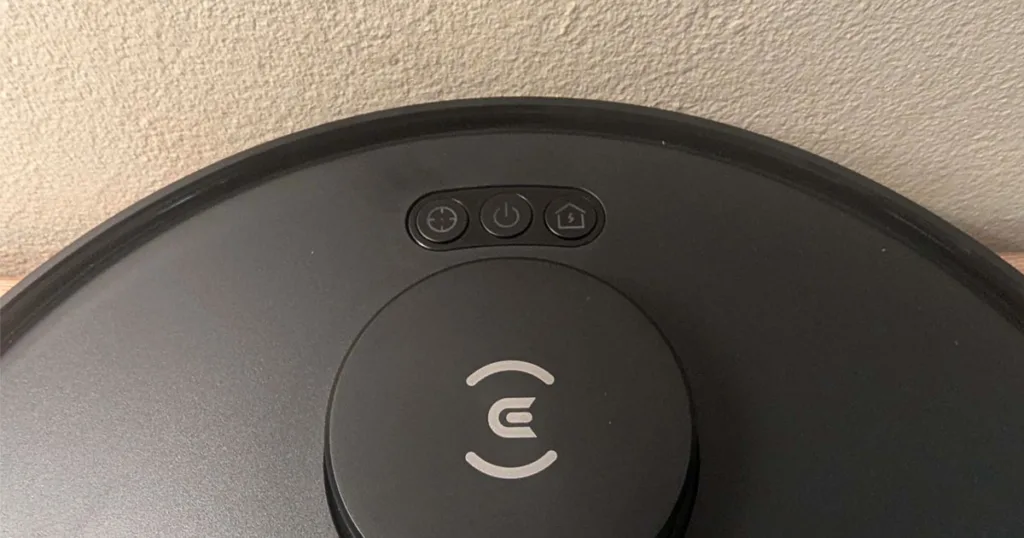With hundreds of options to choose from dozens of brands, the best power banks offer more than just extra recharges.
The best power banks you can buy: From $39
Prices are accurate as of the publish date. We may earn money if you purchase something through one of these links. Click as many as you want.
For most people, having a portable charger on hand is a great way to mitigate the reality that even the best mobile phones are seemingly big on smarts and low on juice.
Power banks come in a range of portable sizes and internal capacities, designed to recharge everything from phones and tablets to more power-hungry items like laptops and handheld gaming consoles.
Let’s take a look at some of the best power banks you can buy in Australia today for different prices, devices and use cases.
Max capacity: 12,000mAh
Charging speed: Up to 100W
Output ports: 1x USB-C, 1x USB-A
There are honestly many portable chargers that could take out this top spot. The best power bank has a good mix of capacity, portability and price. You’ll find all three in the UGREEN 100W Nexode Power Bank.
Built around a thicker but more compact version of the rectangular form-factor you might be used to, the UGREEN 100W Nexode Power Bank weighs just over 300g and lets you charge up to three devices at a time (via a single USB-C port and a single USB-A port) at speeds of up to 65W. You can fast charge a single device or share a total of 100Wbetween gadgets.
Alternatively, consider 10,000mAh or 20,000mAh power banks from competitors, like the Anker Power Bank, Belkin USB-C PD Power Bank, Iniu Power Bank, Charmast Wireless Power Bank or any other reputable brand with great user scores.
Max capacity: 10,000mAh
Charging speed: Up to 22.5W
Output ports: 1x USB-C, 1x USB-A., 1x MicroUSB
Power banks are so prevalent these days that there are lots of options below $50. The Veektomx Mini Power Bank retails for under $50 but has some great features. For starters, it boasts a 10,000mAh capacity in a lightweight design that’s small enough to slip into a pocket. Practically speaking, that’s enough juice for two and a half charges of an iPhone 13, two charges for a Samsung Galaxy S22 and one and a half charges for an iPad Pro. While the MicroUSB input port feels outdated in a power bank, there are USB-C and USB-A output ports for charging devices with up to 22.5W output.
Alternatively, consider similarly priced, 10,000mAh capacity alternatives like the Heymix Power Bank, Charmast Power Bank, Anker Portable Charger or Iniu Power Bank.

If you're in the market for a MagSafe Charger, this one from Anker is a great option to consider. It's not the cheapest, but the addition of a design with a flexible stand affords it a degree of versatility that other more bare-bones options can't match.
In terms of raw capacity, you're only looking at 6,600mAh. However, you can expect to get the faster 15W speeds that MagSafe offers if you use it with a compatible iPhone or Apple device. This power bank does go on sale fairly often so if the price is a dealbreaker than it might be worth waiting for a bargain before you start looking at some of the alternatives available.
Max capacity: 28,600mAh
Charging speed: Up to 15W
Output ports: 1x USB-C, 3x USB-A, Qi
All of the power banks listed above will comfortably travel outside. But none of them are particularly protected against the elements. That’s where the Zhonghang Solar Power Bank steps in for your next outdoor adventure. The durable exterior is designed for bumps and outdoor conditions, and this power bank also has an IP66 waterproof rating.
There’s a practical LED flashlight on one end, plus rubber protectors that house three USB-A ports and one USB-C charging port. It’s also great to see a power bank with Qi wireless charging for compatible devices, plus the practical inclusion of solar recharging.
Sure, the Zhonghang Solar Power Bank has some heft, but it’s also got a lot of practical inclusions at a competitive price. For outdoor alternatives, consider the Blavor Solar Power Bank or any other rugged power bank with plenty of capacity to help you stay recharged when you next head off grid.
Max capacity: 24,000mAh
Charging speed: Up to 140W
Output ports: 2x USB-C, 1x USB-A
The first thing you’ll notice when you unbox the Anker 737 Power Bank is the chonk. Yes, it’s comparatively large and it’s also comparatively heavy. But that heft is understandable given what the Anker 737 Power Bank is packing. For starters, it has an impressive 24,000mAh capacity. That gives you options. Either charge three devices simultaneously via dual USB-C and a single USB-A port. Alternatively, charge devices more powerful than smartphones and tablets with up to 140W output. Practically speaking, that makes the Anker 737 Power Bank a great choice for keeping a Steam Deck or other handheld gaming PC juiced up. It’s even got enough output wattage to charge compatible laptops (if you’ve got the right USB-C cable). I just wish the Anker 737 Power Bank came with a wall charger instead of just a USB cable.
For laptop-charging alternatives, consider the Xiaomi Zmi No.20 (25,000mAh), Iniu Power Bank (25,000mAh), Comsol Laptop Power Bank (20,000mAh or 25,600mAh) or Veektomx Laptop Power Bank (20,000mAh).
What to consider when buying a power banks

Compatibility
The first key considerations with a power bank are compatibility and capacity. There’s no point in buying an iPhone-specific power bank if you also want to use it with other devices. Capacity dictates the number of device recharges before you have to plug in the power bank.
Durability
If you want to use a power bank outdoors, particularly for camping and hiking, get something durable that’s built for that task. You may also want to factor in solar recharging to get extra power bank juice without having to be near a power outlet.
Price
Extra capacity also makes a power bank bulkier and may mean you can’t take it with you on a plane. Consider the available ports and the max output wattage. Just because a power bank has a lot of charging ports, doesn’t mean it has the output wattage to practically support charging multiple devices at a decent rate.
Portability
If you want extra juice for a couple of devices during your day, you can save money by opting for a smaller power bank that can easily slip into a bag or pocket.
How we choose the best power banks
With so many power banks these days, we wanted to provide meaningful category winners and alternatives to help guide purchasing decisions. Our comparisons start with a broad look at the available popular power banks.
We consider price, portability, capacity, compatibility and wattage output to refine our shortlist. The best overall power bank is one with a good mix of price, capacity and versatility. We are okay with cheap power banks having less capacity but also look for ones that are slimline albeit with multiple ports.
With so many phone-specific power banks, we favour ones that are platform agnostic and have other features to set them apart. Laptop power banks have to have a lot of capacity, but we also like ones with smart features that can still be carried on a plane. For our solar power banks, we leant towards a mix of capacity, durability and outdoor-specific features.
Best power banks frequently asked questions
Which power bank is the best to buy?
Which power bank is the best in Australia?
Which is better: 10,000mAh or 20,000mAh?
Related Articles

